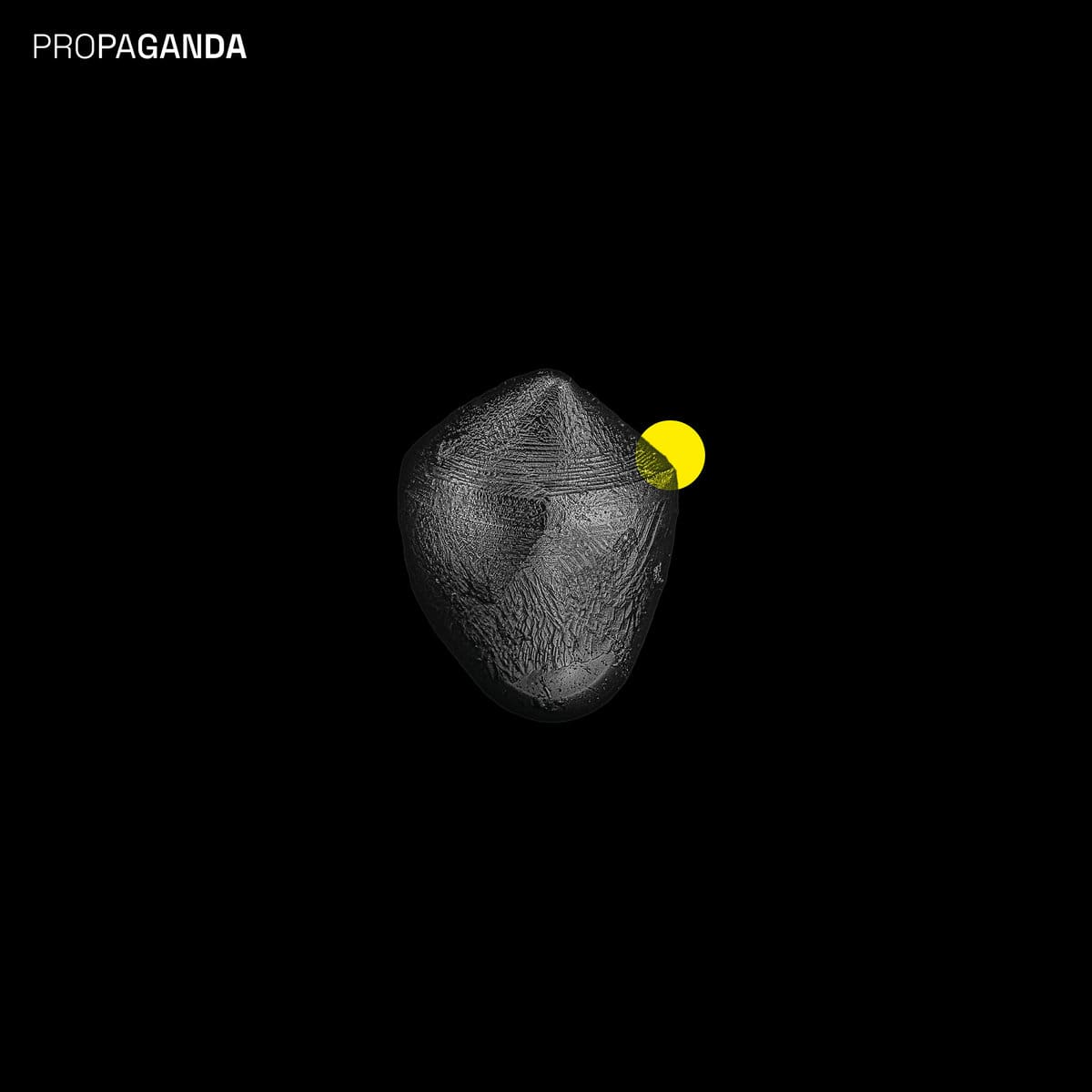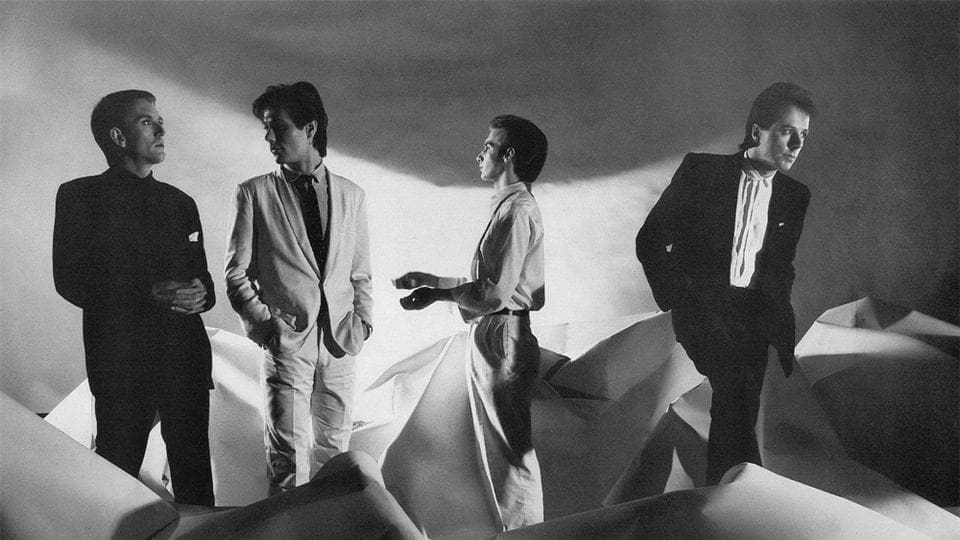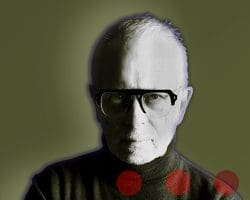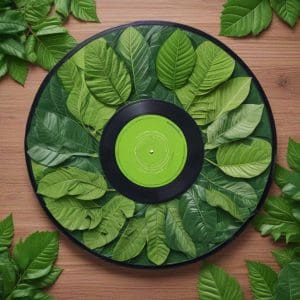Exclusive – Alan Wilder talks about the PPG: It Was A Sensitive, Delicate And Bloody Difficult Beast!
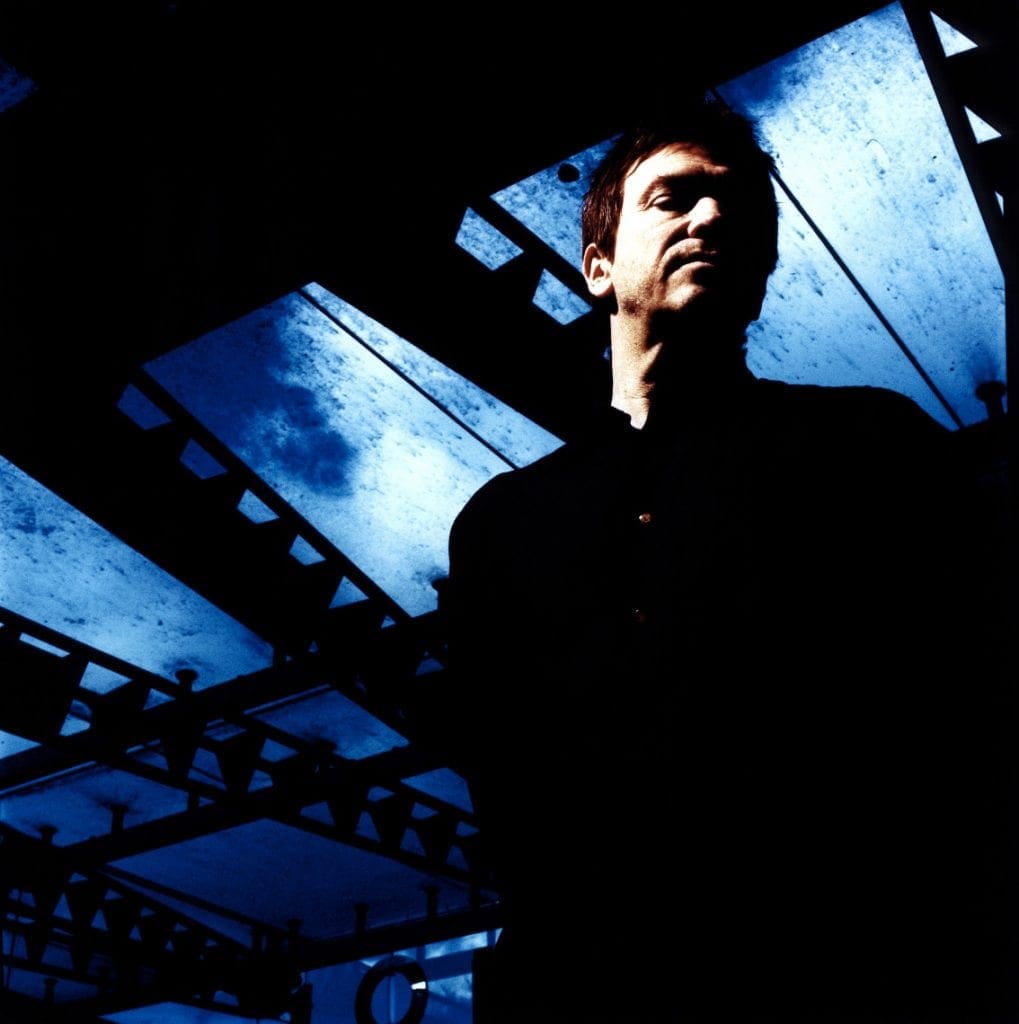

Exclusive: Alan Wilder Talks The PPG: It Was A Sensitive, Delicate And Bloody Difficult Beast!
Palm Products GmbH, a highly regarded manufacturer of audio synthesizers which was founded and owned by Wolfgang Palm, has been acquired by the software company Plugin Alliance. PPG is located in Hamburg, Germany and, for 12 years from around 1975 to 1987, manufactured a range of electronic musical instruments, all designed by Palm. We asked Alan Wilder (ex-Depeche Mode, Recoil) for some feedback on the PPG as you can see further in this article.
It is Plugin Alliance’s founding member Brainworx which acquired the assets of Wolfgang Palm’s PPG brand. PPG’s synth products will join Plugin Alliance, updated by Brainworx in close cooperation with founder Wolfgang Palm.
From keyboardist to keyplayer in audio synthesizer market
Wolfgang Palm was active as a keyboardist in bands in the Hamburg area before starting his company in 1975 which focussed on the developing synthesizer market. His first commercially available synthesizer was a modular synthesizer, the 300 Series, which failed to sell in large quantities. Inspired by the design of the Minimoog, Palm introduced the 1002 and 1020 synthesizers which were portable, analog, monophonic, and relatively compact. In 1979, PPG introduced the 340/380 System, a complex digital synthesizer which consisted of the 340 Processor Unit, the 340 Generator Unit, and the 380 Event Generator (a 16-track sequencer). Itt was used by Tangerine Dream and Thomas Dolby during the early 1980s.
But the big breakthrough only happened in 1980, when Palm introduced the “wavetable synthesis”. These digital synthesizers expanded upon the capabilities of Palm’s earlier synthesizers by expanding the sound creation tools with limited samples, which were compiled together in lists called wavetables. The first PPG synthesizer to implement this algorithm was the Wavecomputer 360, released in 1980 in two versions. But it was with the release of the Wave 2, which debuted in 1981, that the ball started rolling. In total, around 1,000 Waves were manufactured between 1981 and 1987, making it the most successful product PPG manufactured.
From a-ha to Depeche Mode’s Alan Wilder
The PPG Wave was used by artists such as A-ha, Alphaville, David Bowie, Frankie Goes to Hollywood, Depeche Mode, Propaganda, Jean Michel Jarre, Level 42, Gary Numan, Robert Palmer, The Stranglers, Talk Talk, Tangerine Dream, Tears For Fears, Ultravox, and many others.
We asked Alan Wilder (ex-Depeche Mode, Recoil) for some feedback on the PPG.


Alan Wilder: “Depeche used a PPG Wave 2 (+ subsequent 2.2) mainly in the studio for the second album (‘A Broken Frame’, 1982) and onwards for a couple of years. Its unique and distinctive sounds are unmistakable on that record. The single ‘See You’ features the very recognisable choir sound, plus the bell riff and other parts, while that release’s B-side ‘Now This Is Fun’ also has PPG’s hallmark stamped all over it. The gratifying array of rich preset sounds it produced were not so easy to improve upon, although Dan Miller would have a go. Complex synthesis produced bell-like overtones that, until that time, had never really been heard to such an extent electronically – later to be resurrected, via equally confusing algorithms, in Yamaha’s DX7 but not nearly with comparable depth or character in my view.
The PPG was a sensitive, delicate & bloody difficult beast however – trying to use it in a live environment proved to be disastrous and the band soon jettisoned that idea following endless embarrassing breakdowns. When it failed, just to let you know how unhappy it was, a massive ‘clunk’ would be accompanied by a loud piercing siren-type noise. Only a re-boot would sort it out – sadly an all too short-lived fix. No, it needed caressing & cajoling and I guess when sampling came along, coupled with Dan Miller’s beast of a Synclavier featuring heavily on DM’s next album ‘Construction Time Again’, the forlorn-looking PPG got relegated and ignored somewhat. A real gem of its time.”
PPG officially ceased business operations and closed its doors in 1987 after shelving the Realizer project. The Realizer was an all-in-one studio machine which combined production, recording, sequencing, and mixing tools into one machine in addition to a sophisticated sampling and synthesis system.
Wolfgang Palm after PPG
After the decline of PPG, Wolfgang Palm continued to be an active innovator in the area of synthesizer technology. For Waldorf Music for example he designed the digital ASIC for the first Waldorf product Microwave (1989) which basically contained the complete sound engine of the PPG wave 2.2. In 2002, Steinberg from its side released PLEX, a software synthesizer designed by Palm.
Today, nearly every digital synthesizer implements wavetable synthesis in some form, and the Wave’s unique integration of analogue and digital circuitry influenced synthesizers such as the Monowave and the E-mu Emulator.
Since you’re here …
… we have a small favour to ask. More people are reading Side-Line Magazine than ever but advertising revenues across the media are falling fast. Unlike many news organisations, we haven’t put up a paywall – we want to keep our journalism as open as we can - and we refuse to add annoying advertising. So you can see why we need to ask for your help.
Side-Line’s independent journalism takes a lot of time, money and hard work to produce. But we do it because we want to push the artists we like and who are equally fighting to survive.
If everyone who reads our reporting, who likes it, helps fund it, our future would be much more secure. For as little as 5 US$, you can support Side-Line Magazine – and it only takes a minute. Thank you.
The donations are safely powered by Paypal.

